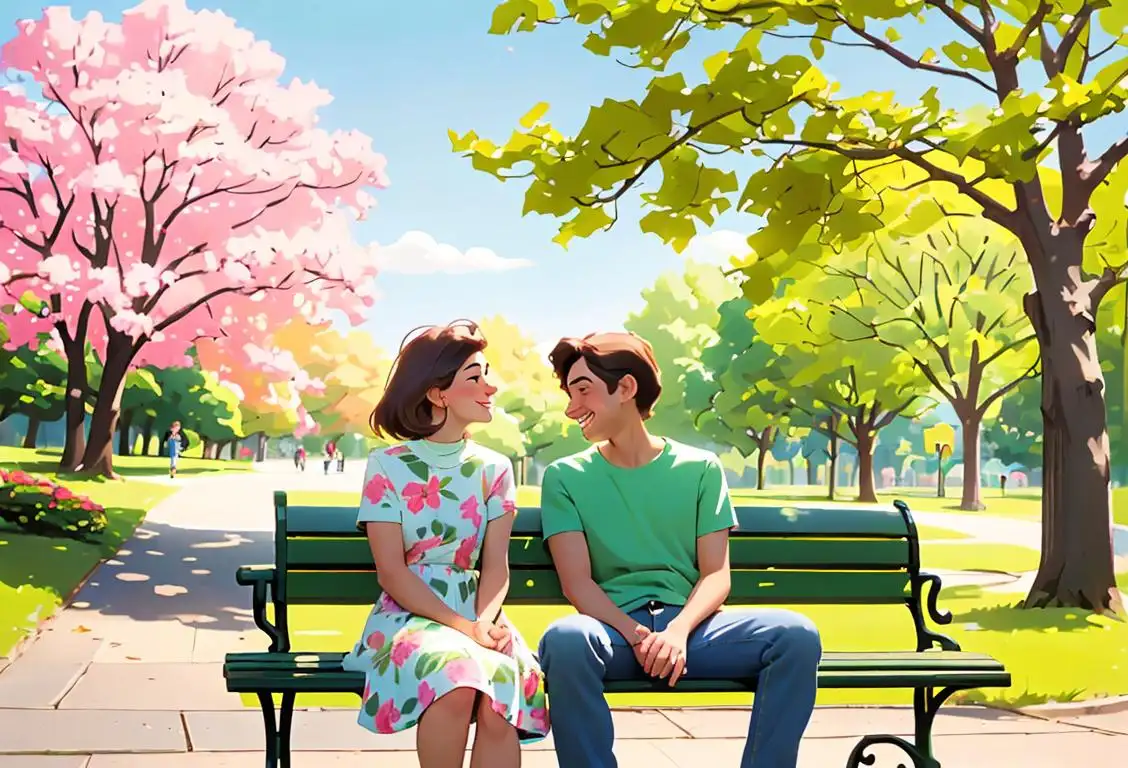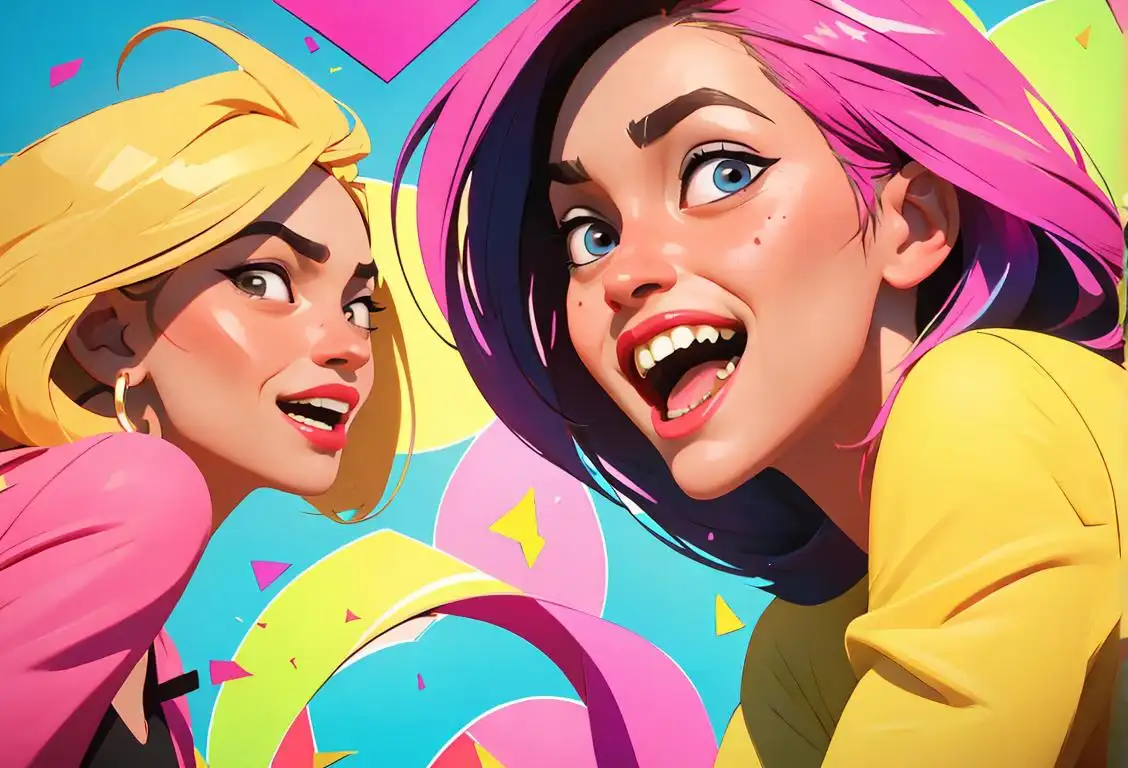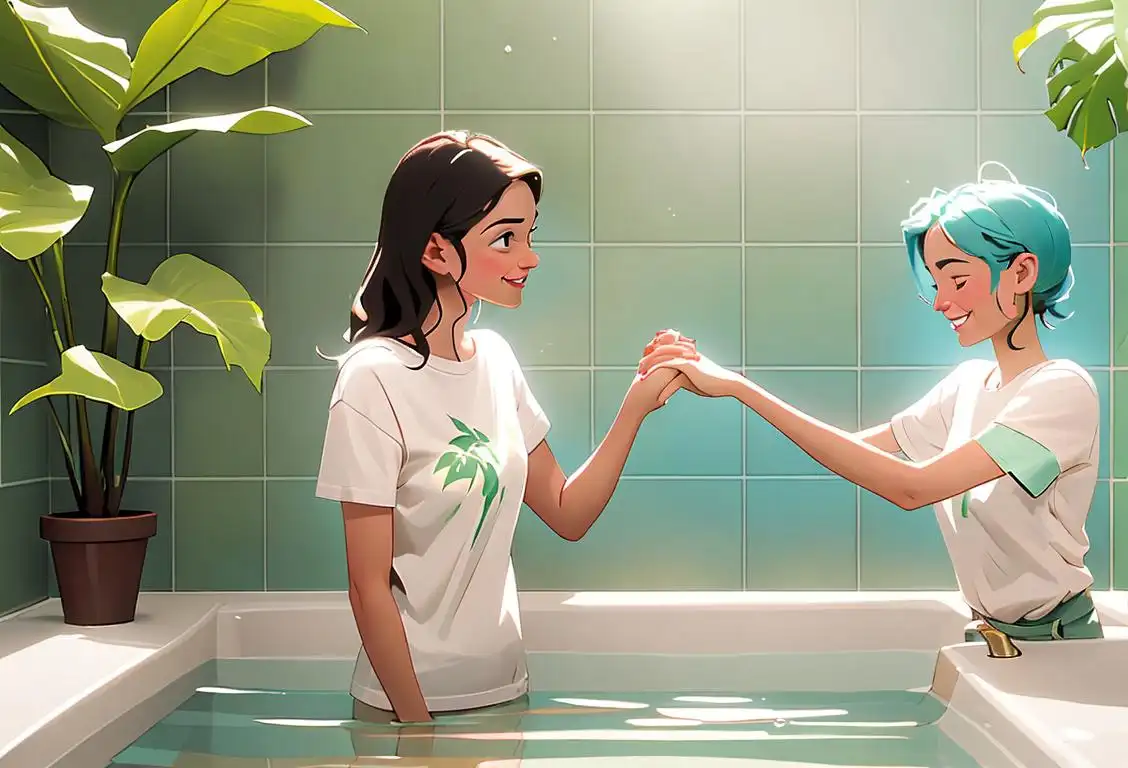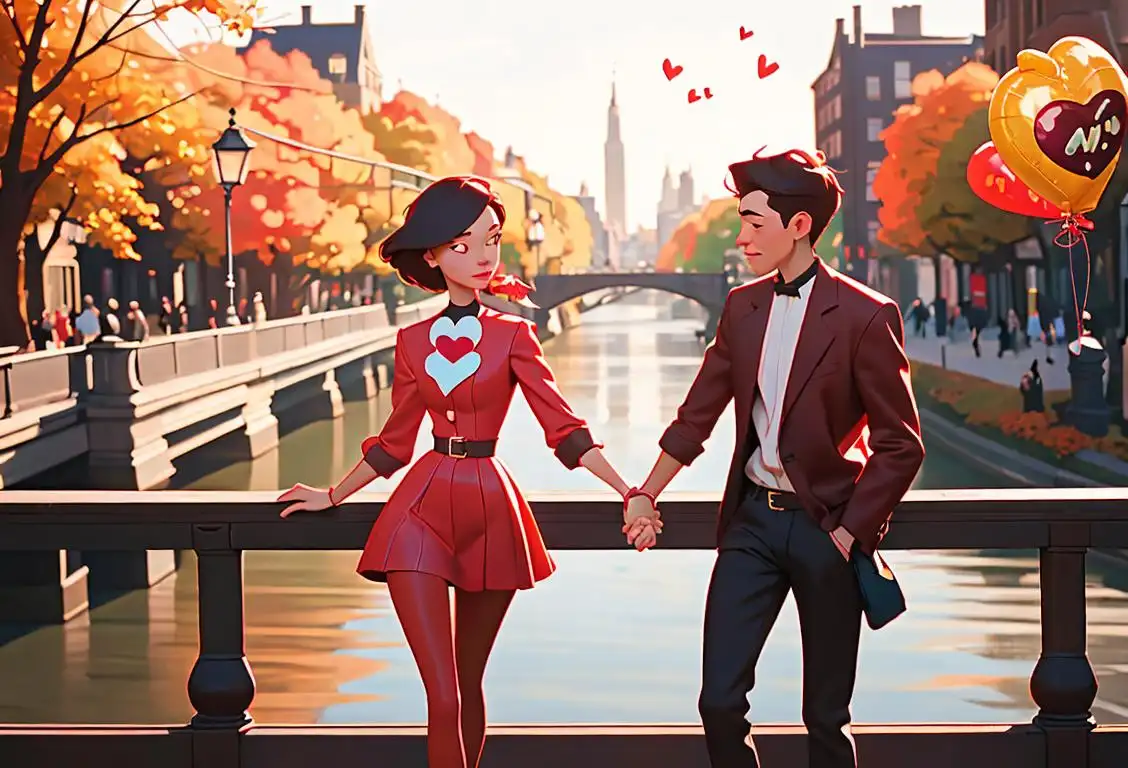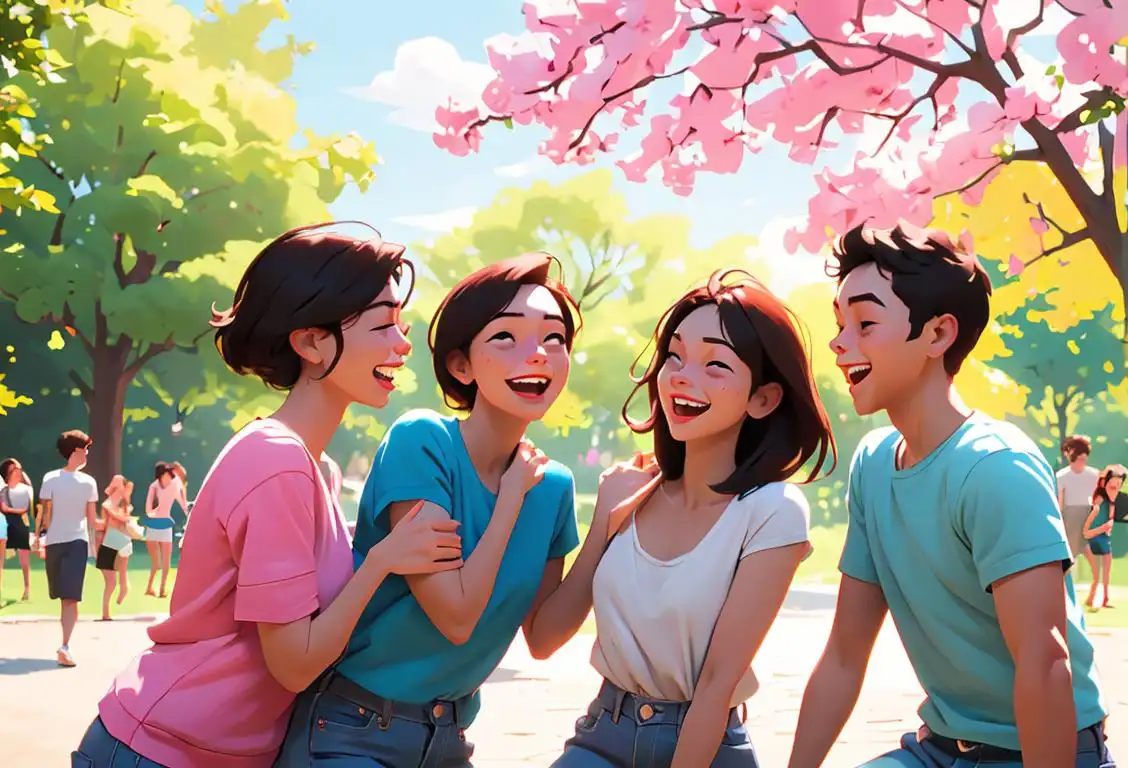National Pink Day
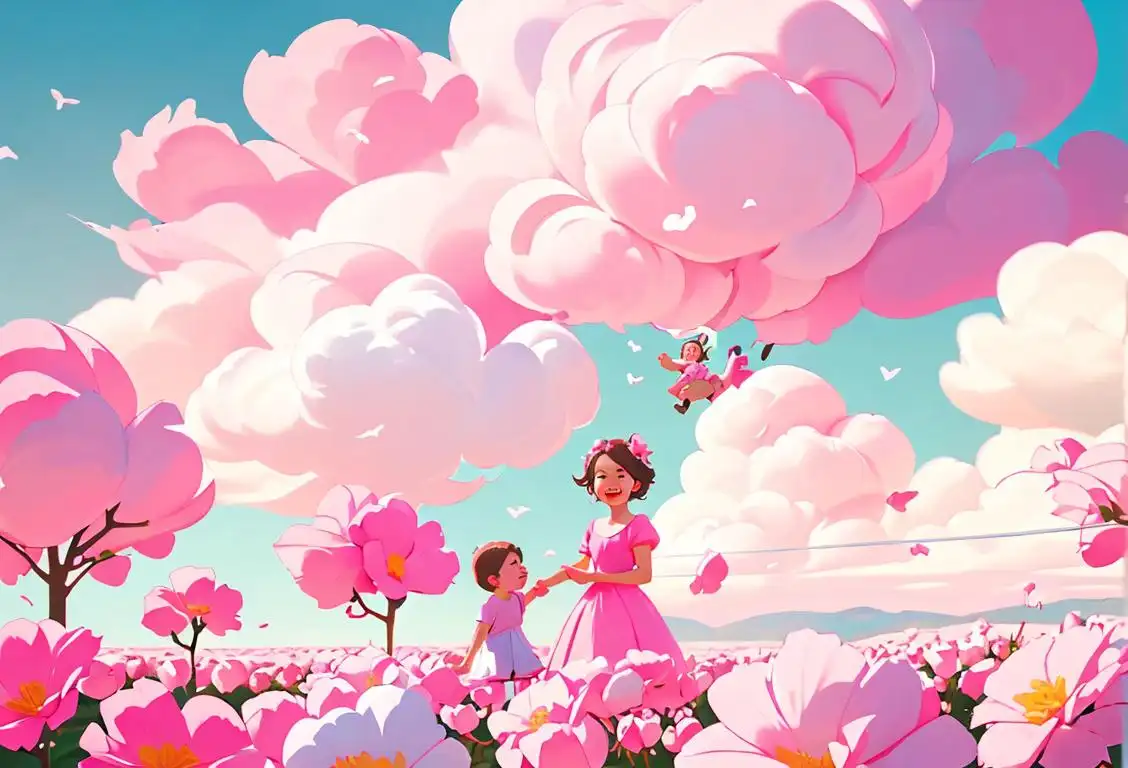
Roll out your red...er, make that pink carpet! Yes, it's all about the blushing shades today as we dive into the world of National Pink Day. An intriguing blend of innocence, romance, and unabashedly vibrant hue, it's a day that has seized the Internet's heart with the determination of a pesky flamingo refusing to leave your lawn.
When is Pink Day?
It's national pink day on the 23rd June.
A Rosy Affair: The Origins of National Pink Day
National Pink Day is an interesting conundrum in the swarm of national days. While the concept of dedicating a day to a particular color might seem peculiar, the world (or at least the 17,746 mentions of it online) begs to differ. Bearing the banner high on June 23rd every year, National Pink Day sparks a pink parade across the digital lands.
Pink: The Color that Launched a Thousand Clicks
2017 was a significant year for our pretty-in-pink day. Our cyber sleuthing shows that the most mentions of this charming day occurred on 23 June 2017 when even the Internet blushed. On this day, pink was the hue to be and the color that painted the corners of every tweet, post, and digital conversation.
Pinking about the whys and wherefores
We may not exactly know who dreamt up this day or why, but we have a kinship with this anonymous fashionista. It is highly likely their intent was to celebrate this bold, romantic color that dances playfully between the flirty and the feminine. The day apparently questing to answer the age-old question: Can there ever be too much pink? (Spoiler Alert: No.)
Unwrap your Pink Self
Whether it is through a pink shirt, a blush lipstick, or a strawberry milkshake, National Pink Day encourages us all to embrace the color’s cheery optimism. And hey, it might also be a sneaky way to confuse the bullfighters around you, but who's judging?
Pink-tuation!
So, whether you're a fan of Barbie’s iconic color scheme or of Nicki Minaj’s momentous Pink Friday, National Pink Day stands as a testament to the color’s universal appeal in the digital universe.
History behind the term 'Pink'
14th century
Pink as a color term
In the 14th century, the term 'pink' began to emerge in the English language as a color term. It was derived from the Dutch word 'pinck', which referred to a small, delicate flower known as the pink. This flower had fringed edges and was often pale in color, similar to the shade of pink we know today.
17th century
Pink as a symbol of gentleness
During the 17th century, pink started to be associated with the idea of gentleness and delicate femininity. This association was influenced by the pastel colors often used in Rococo art and fashion, where pink was commonly used to portray softness and tenderness. The cultural significance of pink as a symbol of femininity continued to grow over the years.
19th century
Industrial production of pink dye
In the 19th century, the textile industry experienced a significant development, leading to the mass production of colorful fabrics. This progress coincided with the discovery of new dyeing techniques, allowing for the creation of vibrant pink dyes. Now, the color pink became more accessible and widely used in clothing, sparking the popularization of the color in various aspects of culture.
20th century
Pink becomes a symbol of femininity
During the 20th century, pink became firmly established as a symbol of femininity, often associated with traditional gender roles and expectations. Baby girls were commonly dressed in pink, while boys were dressed in blue, further solidifying the color's gender connotations. However, it's interesting to note that before the 1940s, the gender association of pink and blue was not as rigid as it is now.
Late 20th century
Pink as a symbol of empowerment
In the late 20th century, the meaning of pink began to evolve. Pink became associated with movements focused on women's rights, empowerment, and breaking gender stereotypes. The punk and feminist movements embraced pink as a symbol of rebellion and strength, redefining its traditional connotations. Pink started to represent individualism, confidence, and the breaking down of societal expectations.
Did you know?
Did you know, flamingos are naturally white or gray? It is their diet of shrimp and algae that leaves them pretty in pink!Tagged
romance fun friendship nationalday fashion pink onlinecelebrationFirst identified
8th April 2015Most mentioned on
23rd June 2017Total mentions
17746Other days
Pink Day
Kiss Your Crush Kiss Your Homies Day
Espresso Day
Jean Shorts Day
Girlfriend Day
Girl Crush Day
Shower Together Day
Situationship Day
Friend Zone Day
Wear Red Day



